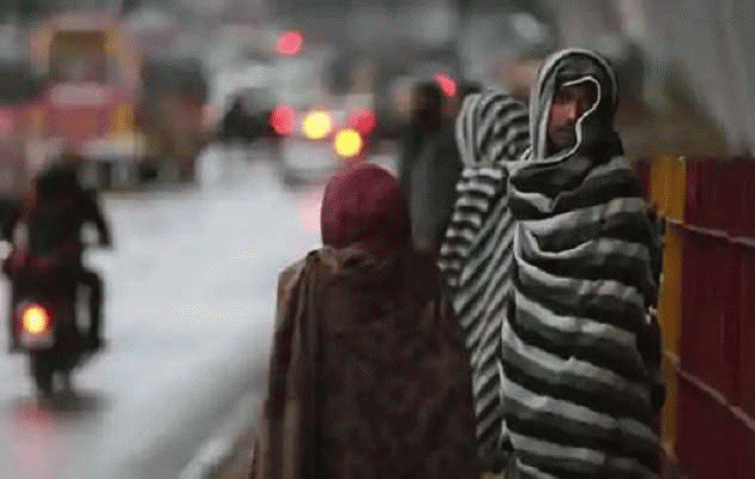By FnF Correspondent | PUBLISHED: 24, Nov 2025, 11:09 am IST | UPDATED: 24, Nov 2025, 11:09 am IST
 Delhi’s air quality plunged further on Monday, with several parts of the national capital recording ‘Severe’ pollution levels. According to the Central Pollution Control Board (CPCB), AQI readings touched alarming highs between 347 and 455, signalling hazardous conditions for residents.
Delhi’s air quality plunged further on Monday, with several parts of the national capital recording ‘Severe’ pollution levels. According to the Central Pollution Control Board (CPCB), AQI readings touched alarming highs between 347 and 455, signalling hazardous conditions for residents.Out of Delhi’s 39 monitoring stations, 20 recorded AQI above 400, placing them in the ‘Severe’ range. According to CPCB data at 6:50 am, multiple hotspots showed critical pollution levels:
At 7 am, pollution spikes were even higher in some areas, with:
In several localities, visibility dropped and the morning haze discouraged people from stepping out, including at India Gate, where morning walkers were notably absent.
The pollution crisis extended into the National Capital Region (NCR), where conditions remained equally alarming.
The deteriorating air quality raises serious health concerns for millions living in the region, with experts warning of increased respiratory and cardiac complications.
As Delhi's air quality hit dangerous lows, several residents gathered at India Gate on Sunday to protest against government inaction. The demonstration, organised by the Delhi Coordination Committee for Clean Air, escalated when protesters ignored police directives to vacate the area.
The committee said Delhi’s worsening pollution poses a “serious health risk”, accusing authorities of failing to address the root causes. Protesters criticised the government’s use of “cosmetic measures” such as water sprinklers and localised spraying near AQI stations instead of implementing long-term reforms.
With pollution levels consistently touching the ‘Severe’ mark, public pressure is mounting on both state and central authorities to adopt stronger, sustainable strategies. Health experts have warned that prolonged exposure to AQI above 400 can severely impact vulnerable groups, including children, the elderly, and those with pre-existing respiratory conditions.

by : Priti Prakash
Into this devastation walked Donald Trump with his much-hyped 'peace plan'. At first glance, it soun...